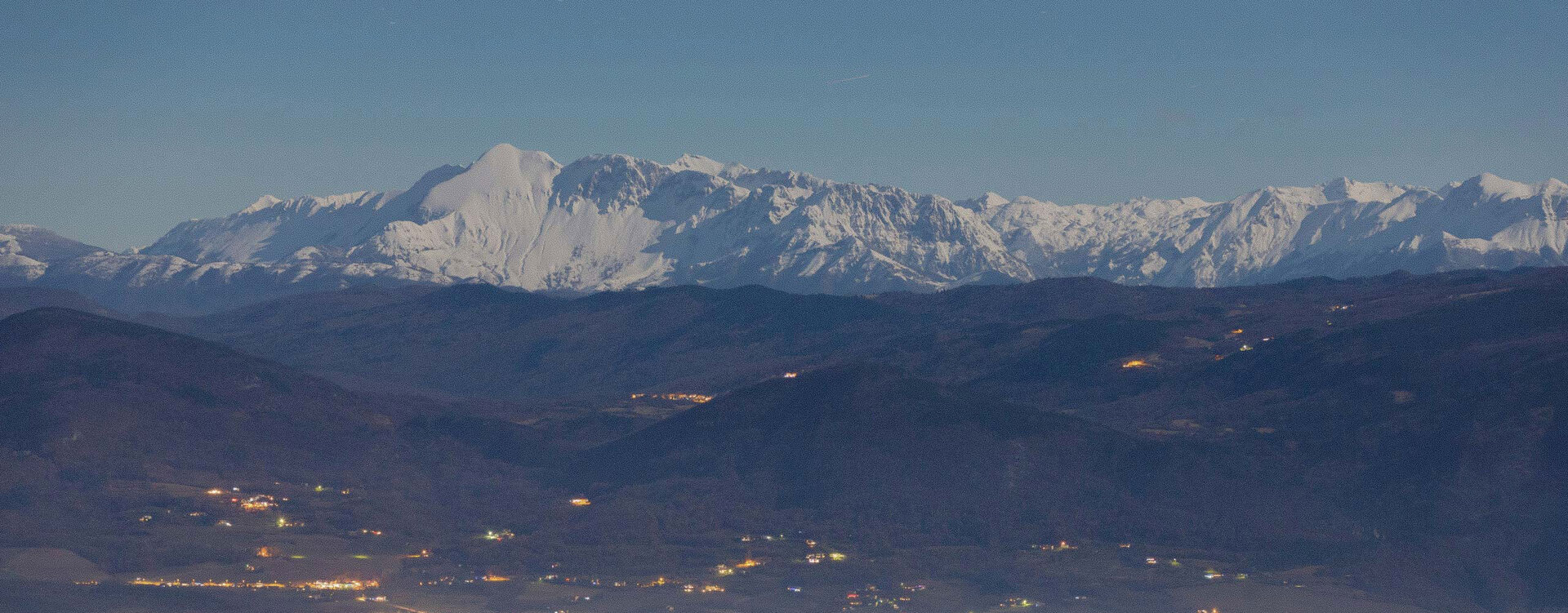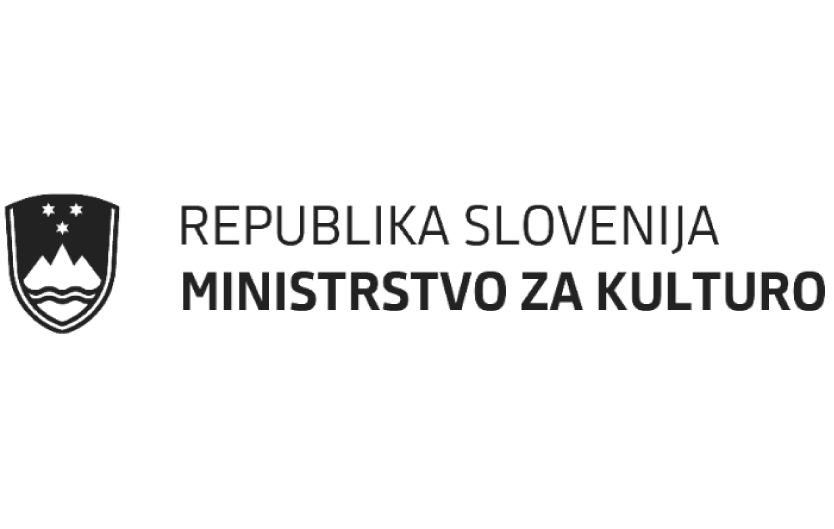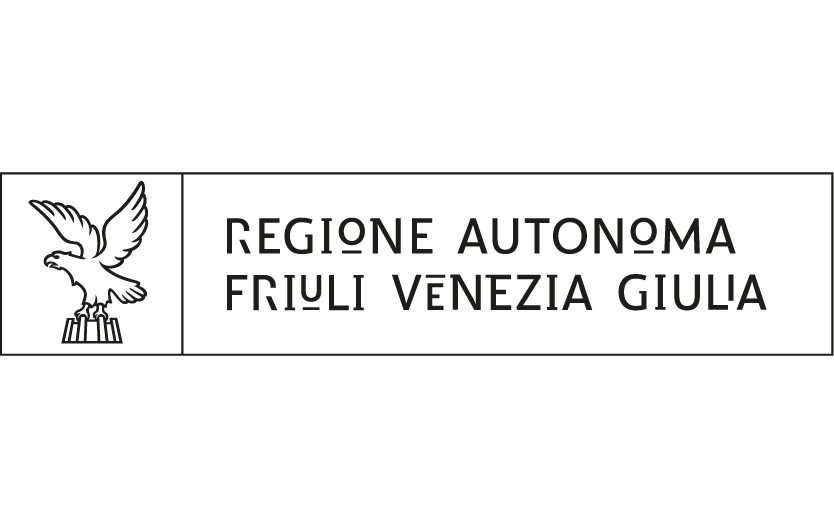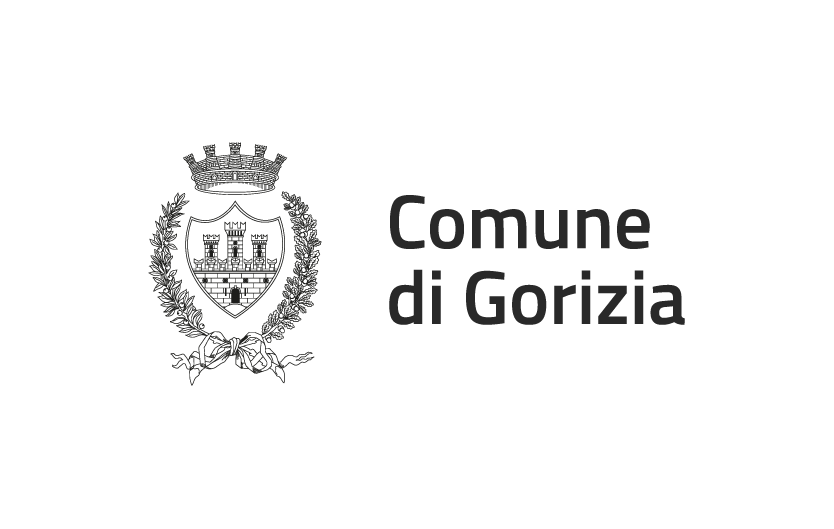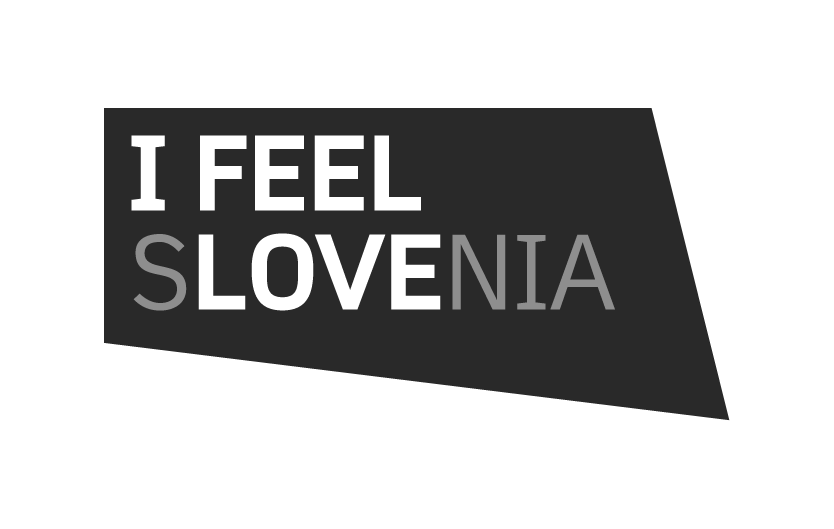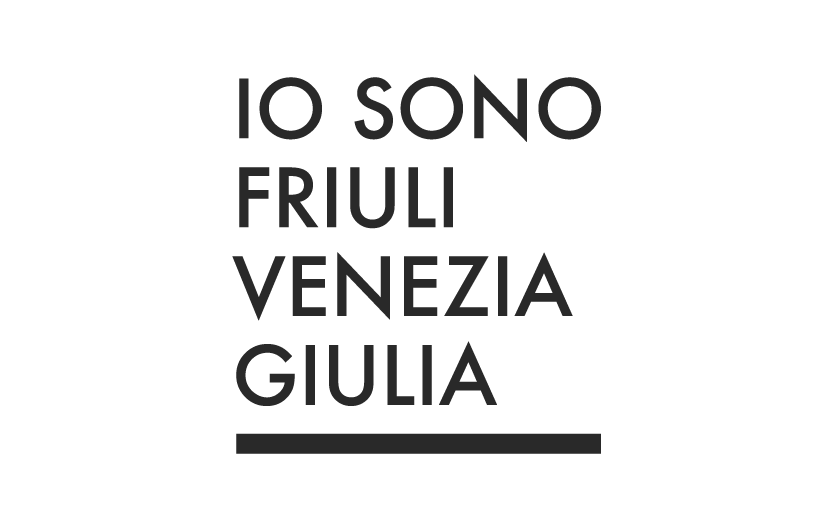From the Counts of Gorica to the rule of the Habsburgs, moving on to its Napoleonic interlude, its annexation to Italy after World War I, and its partition between Italy and Yugoslavia – later Slovenia – with the Paris Peace Treaties: the Gorizia region, together with Nova Gorica and Gorizia, has experienced the historical and geopolitical upheavals of Europe. It is a territory divided between two countries, but united in spirit and the intent to create the first cross-border European Capital of Culture.
It all began with the Patriarchs of Aquileia and the Counts of Gorizia in the eleventh century. It was under their political and administrative control that Gorizia was first unified to include the Collio and Karst and the area embraced by four rivers: the Soča River and its confluents Vipacco, Iudrio, and Idria.
In the fifteenth century, the baton passed into the hands of the House of Habsburg: the last count, Leonardo, died without descendants, bequeathing the county to Maximilian I of Habsburg. Then the Republic of Venice also entered the scene, eager to assert its feudal privileges and its rights to succeed the counts of Gorizia. In 1508 the Venetians declared war on the Habsburgs. The disastrous Venetian defeat at the Battle of Agnadello in 1509 confirmed Habsburg rule of the region, which would last for another four centuries, except for briefly during the Napoleonic era.
Napoleonic rule of the area began in 1809, with the annexation of Gorizia to the Illyrian Provinces, lasting until 1813 and the fall of Napoleon. At that point, the borders were redefined, and they remained unchanged until the end of World War I. In fact, in 1918 Italy occupied the entire area, which officially became part of the Kingdom of Italy with the Treaty of Rapallo (1920). The Province of Gorizia was initially suppressed, with the annexation of its territories to the Province of Friuli in 1923, and later re-established in 1927.
But it was with World War II that Gorizia experienced the most influential changes. After the Great War, it was first occupied by the Liberation Army and then divided into two zones through the Belgrade and Duino Agreements of 1945: Zone A, administered by the Anglo-American armed forces, and Zone B, administered by Yugoslavia. The Gorizia region became the subject of intense political and diplomatic contention. This was remedied by the 1947 Paris Peace Treaties: most of the territory was assigned to Yugoslavia and the rest, including Gorizia, went to Italy.
The new border – which in its early years was impassable – ran along either side of the city of Gorizia and divided it from its hinterland, while also running along the edge of the Yugoslavian territory and depriving it of its nerve center. With Gorizia on the other side of the border, the construction of a new city called Nova Gorica began in 1948.
In 1949 Italy and Yugoslavia signed the Udine Agreement, which regulated and facilitated traffic in the cross-border area. In 1975 another treaty (Osimo) finalized the land and sea borders between the two States, with agreements to ensure their economic cooperation and improve the living conditions of the people on the border.
Another geopolitical upheaval began in Europe in 1990: the breakup of Yugoslavia, which tried to suppress the Slovenian attempt to create an independent state. After a ten-day war and subsequent negotiations in 1991, Slovenia officially declared its independence. In 2004 it also gained recognition from the international community by becoming an EU member, and in 2007 it joined the Schengen Area.
The cross-border area has always been an important and strategic place for both States, as well as a tool for development in many other areas: culture, economy, trade, and transportation. The neighboring municipalities divided by the border had a growing need to establish new forms of cooperation, cohesion, and exchange. This need became official reality in 2010 with the establishment of the European Grouping of Territorial Cooperation, EGTC GO.
The rest is history, and it leads us right here: to the first European Capital of Cross-Border Culture, with Nova Gorica and Gorizia leading a territory united in spirit and intent.
